

Ben Zachariah
Move over, Patrol: New-era Ford Maverick SUV imagined
3 Hours Ago

News Editor
Mercedes-AMG is controversially using a four-cylinder plug-in hybrid powertrain in its new C63, but don’t expect any fewer than six cylinders in a BMW M product.
“I hope that was just a rhetorical question because it’s clear we’re not going to do any three-cylinder engines,” said BMW M boss Franciscus van Meel when asked if the division’s inline six-cylinder engines could make way for a three-pot, per a report from CarBuzz.
“We’re not even going to do four-cylinder engines in high-performance cars. I know there are other companies [that] are doing that, but we’re not going to do that.”
That also rules out a full-fat M version of the 1 Series or X2. These vehicles currently top out with less hardcore M Performance variants packing turbocharged four-cylinder engines, as it’s understood their UKL2 underpinnings can’t support six-cylinder engines.
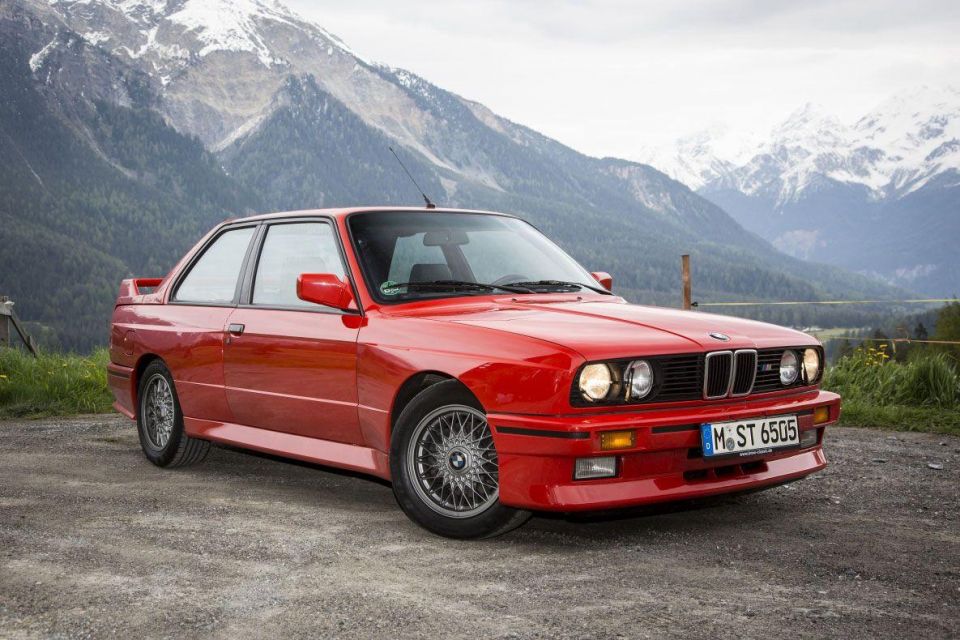
BMW has offered six-, eight- and even 10-cylinder M cars before, and built a prototype M8 version of its first-generation 8 Series with a V12 engine.
In the history of M cars, however, there’s only ever been one four-cylinder vehicle: the E30 M3. While lauded as an iconic BMW, there’s evidently no desire today to return to this number of cylinders.
In contrast, Mercedes-Benz’s new turbocharged plug-in hybrid four-cylinder powertrain will be used not only in the next C63, but also the GLC 63, while its upcoming mid-sized coupe and convertible range – expected to be called CLE – is also expected to use this.
BMW has continued to use a twin-turbocharged 3.0-litre inline six-cylinder engine in its latest generation of M3 and M4, as well as the recently revealed M2.
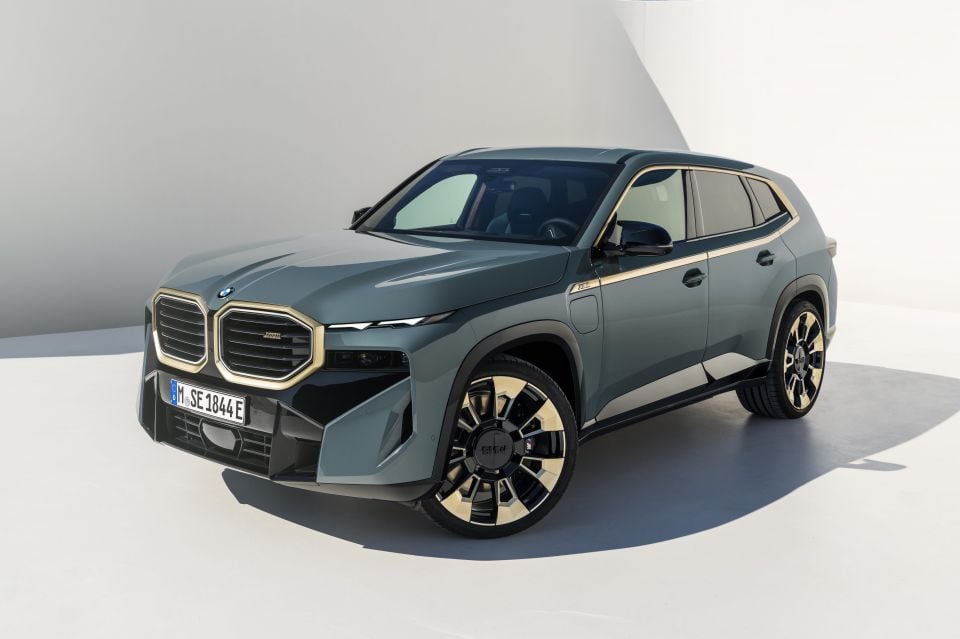
The M division will offer its first electrified vehicle in the XM, due here in the first half of next year, which packs a plug-in hybrid system like the aforementioned AMGs but offers double the number of cylinders.
The next M5 is expected to also use this plug-in hybrid V8 powertrain.
The M2 will be the last BMW M car without any electrification and is expected to last until 2030 – and BMW will continue offering it with a manual until then, provided there’s still demand.
The M division isn’t just working on plug-in hybrids, with electric vehicles firmly in its future.
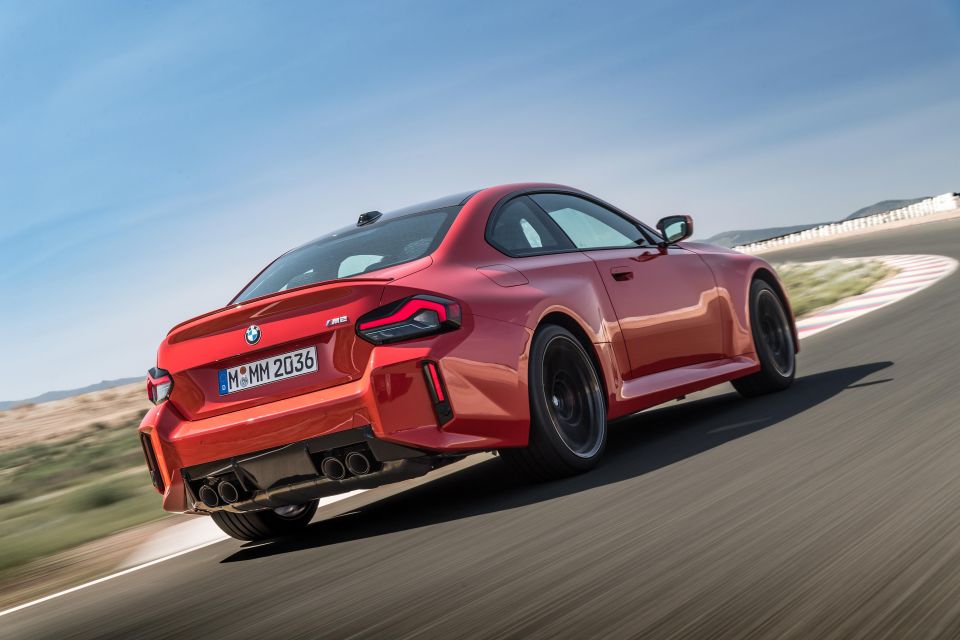
Earlier this year, it revealed an all-electric test vehicle based on the i4 M50 with an electric motor for each wheel.
The M division claims “ideal power transmission to the road” can be computed “within milliseconds” based on many factors, including steering, load, wheel speed, road conditions, and accelerator input.
M says the development powertrain offers a “level of dynamics that is unattainable using conventional drive systems” while staying true to the division’s ethos over the last 50 years: “a linear build-up of drive power and lateral dynamics that permits controllable handling right up to the limits”.
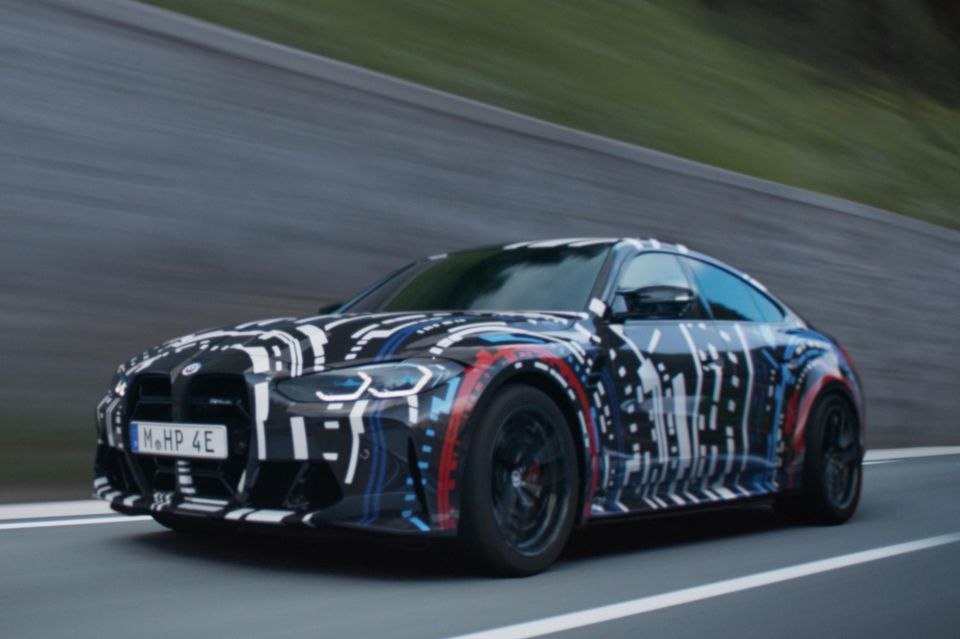
Given its electric nature, efficiency is also important and, as such, the concept is able to use regenerative braking “right up to the limits of driving dynamics”.
According to the firm, it has already evaluated the powertrain via virtual models and test benches, and this rolling prototype is the next step in the system’s development.
BMW has subsequently said it can offer up to 1000kW of power from a quad-motor electric drivetrain.
It’s unclear if BMW is preparing this quad-motor powertrain for a future variant of an existing CLAR-based model range, such as a fully fledged M variant of the i4, or whether we’ll have to wait for vehicles based on the upcoming Neue Klasse dedicated EV architecture.
Where expert car reviews meet expert car buying – CarExpert gives you trusted advice, personalised service and real savings on your next new car.
William Stopford is an automotive journalist with a passion for mainstream cars, automotive history and overseas auto markets.


Ben Zachariah
3 Hours Ago


Damion Smy
4 Hours Ago
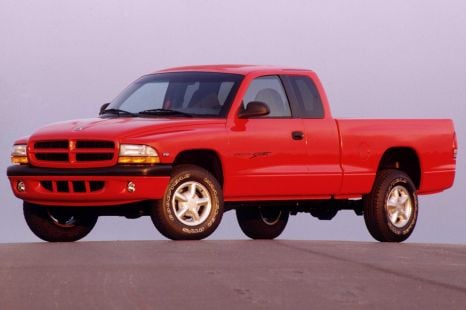

Derek Fung
4 Hours Ago
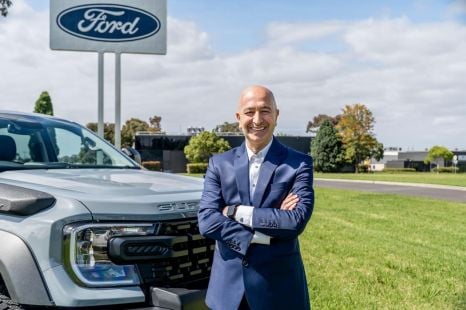

Ben Zachariah
5 Hours Ago
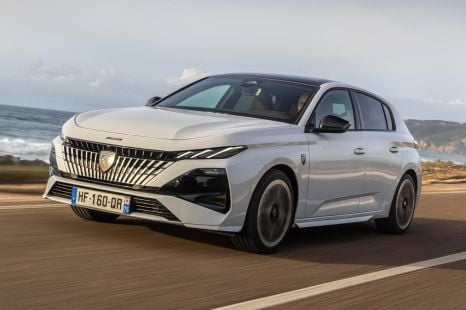

Matt Robinson
11 Hours Ago
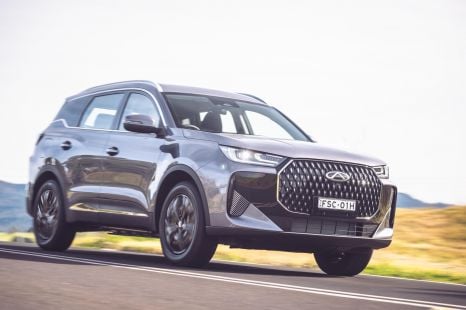

CarExpert.com.au
20 Hours Ago